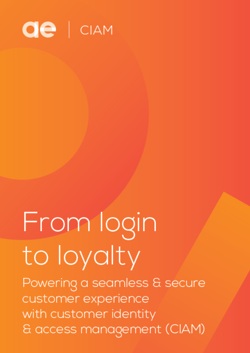
AE achieves Microsoft Advanced Specialisation: Migrate enterprise applications to Azure
We are excited to announce that AE has earned the Advanced Specialisation: Migrate Enterprise Applications to Azure. This special recognition confirms our...

We are excited to announce that AE has earned the Advanced Specialisation: Migrate Enterprise Applications to Azure. This special recognition confirms our...




direct%20data%20monetisation%20blogpost.png?width=300&name=A%20guide%20to%20(in)direct%20data%20monetisation%20blogpost.png)





Everything you always wanted to know about Microsoft Fabric… but were afraid to ask

This whitepaper will discuss the challenges that come with implementing an effective Customer Identity & Access Management (CIAM) solution
Explore our valuable content and get on top of your industry
We keep you in the loop with both snackable and long-form content, updates, and upcoming events—delivered right to your inbox. Sign up for our newsletter and never miss a beat!


Subscribe to our newsletter and get regular updates.